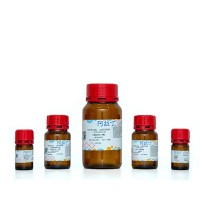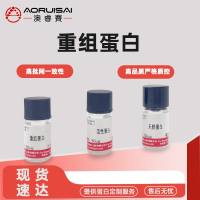Thrombus formation is complex process involving both cellular and molecular (protein) components. Platelets are responsible for maintaining hemostasis and for preventing excessive bleeding. These cells aggregate along with other plasma components and blood cells to form blood clots. Undesirable platelet aggregation may lead to life-threatening conditions such as stroke. Thrombogenicity is the property of a material to induce the formation of a thrombus, which results in partial or complete occlusion of a blood vessel. The tendency to cause platelet aggregation and perturb plasma coagulation can serve as an in vitro measure of a nanomaterial’s likelihood to be thrombogenic in vivo. This chapter describes a procedure for in vitro analyses of platelet aggregation and plasma coagulation time. Platelet-rich plasma (PRP) is obtained from freshly derived human whole blood and incubated with nanoparticles. Then the plasma is examined using a particle count and size analyzer to determine the number of active platelets. The percent aggregation is calculated by comparing the number of active platelets in the nanoparticle-exposed sample to control plasma. To measure the plasma coagulation time, platelet-poor plasma from human whole blood is exposed to nanoparticles in vitro and analyzed in prothrombin (PT), activated partial thromboplastin (APTT), and thrombin time assays.






